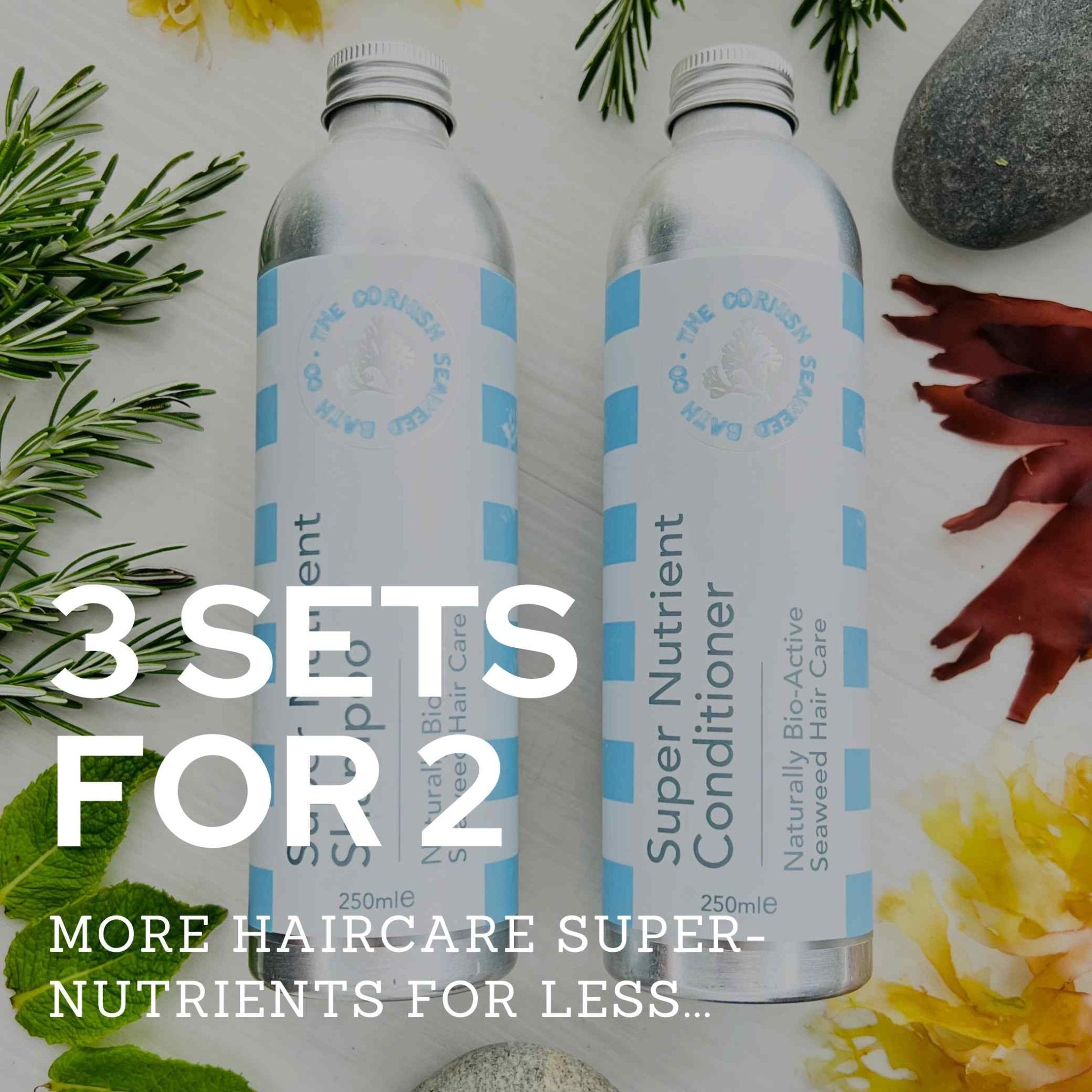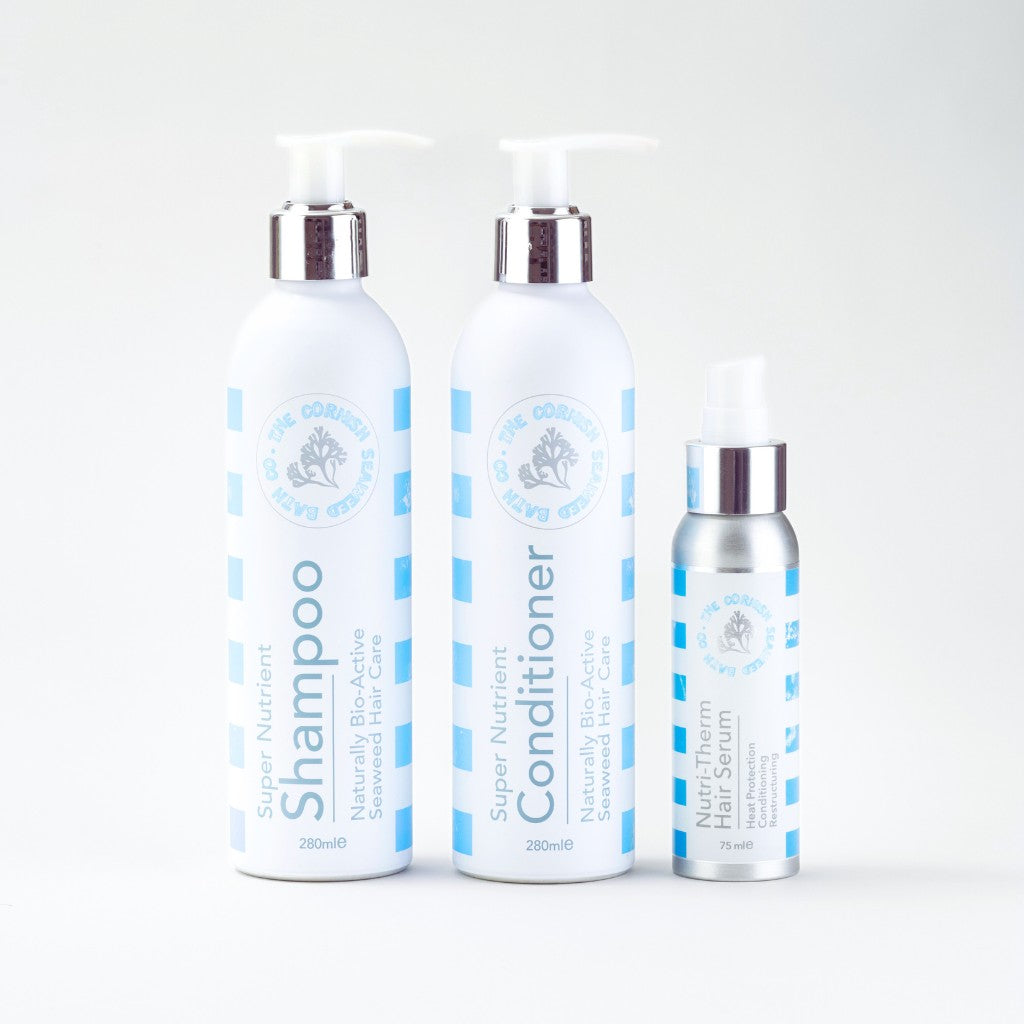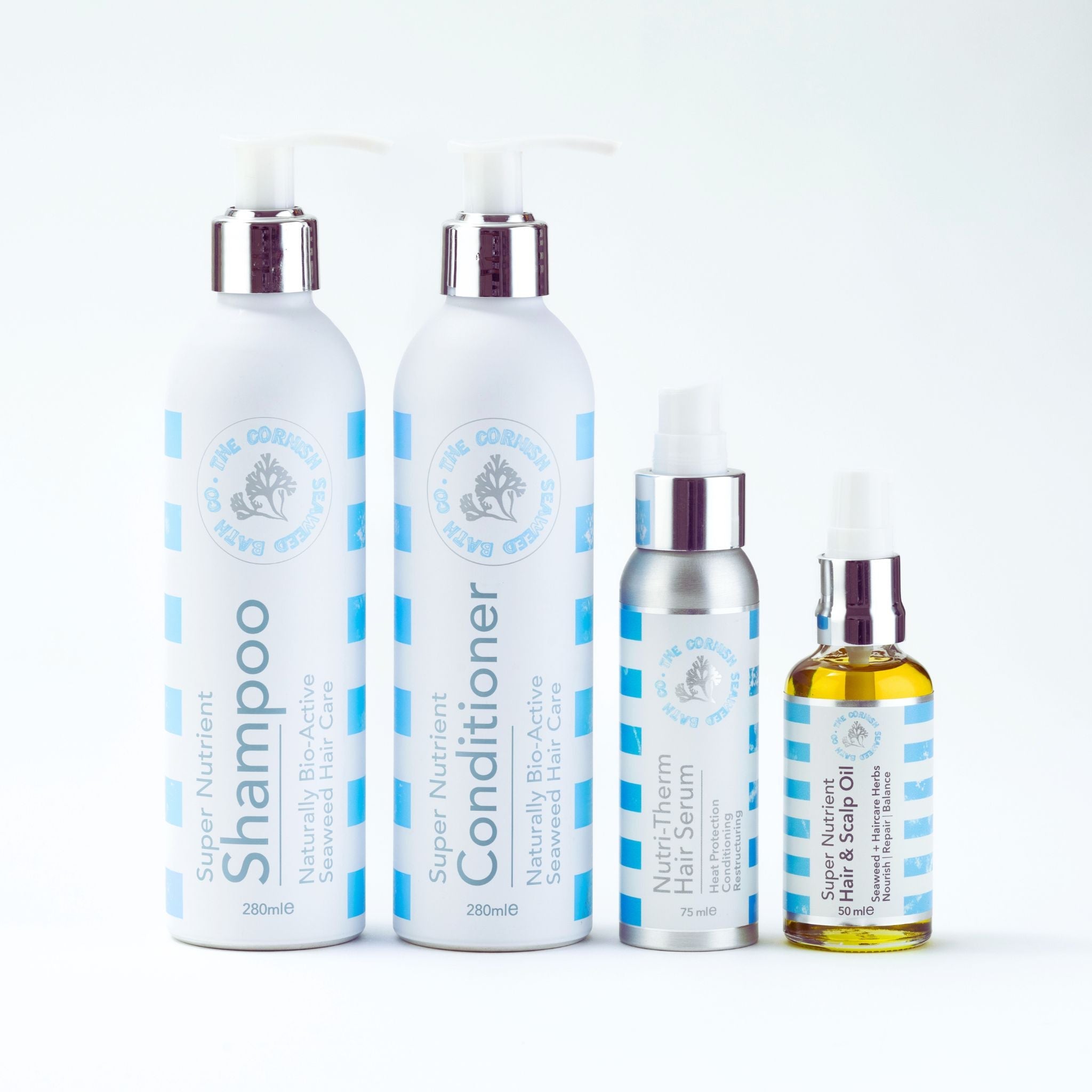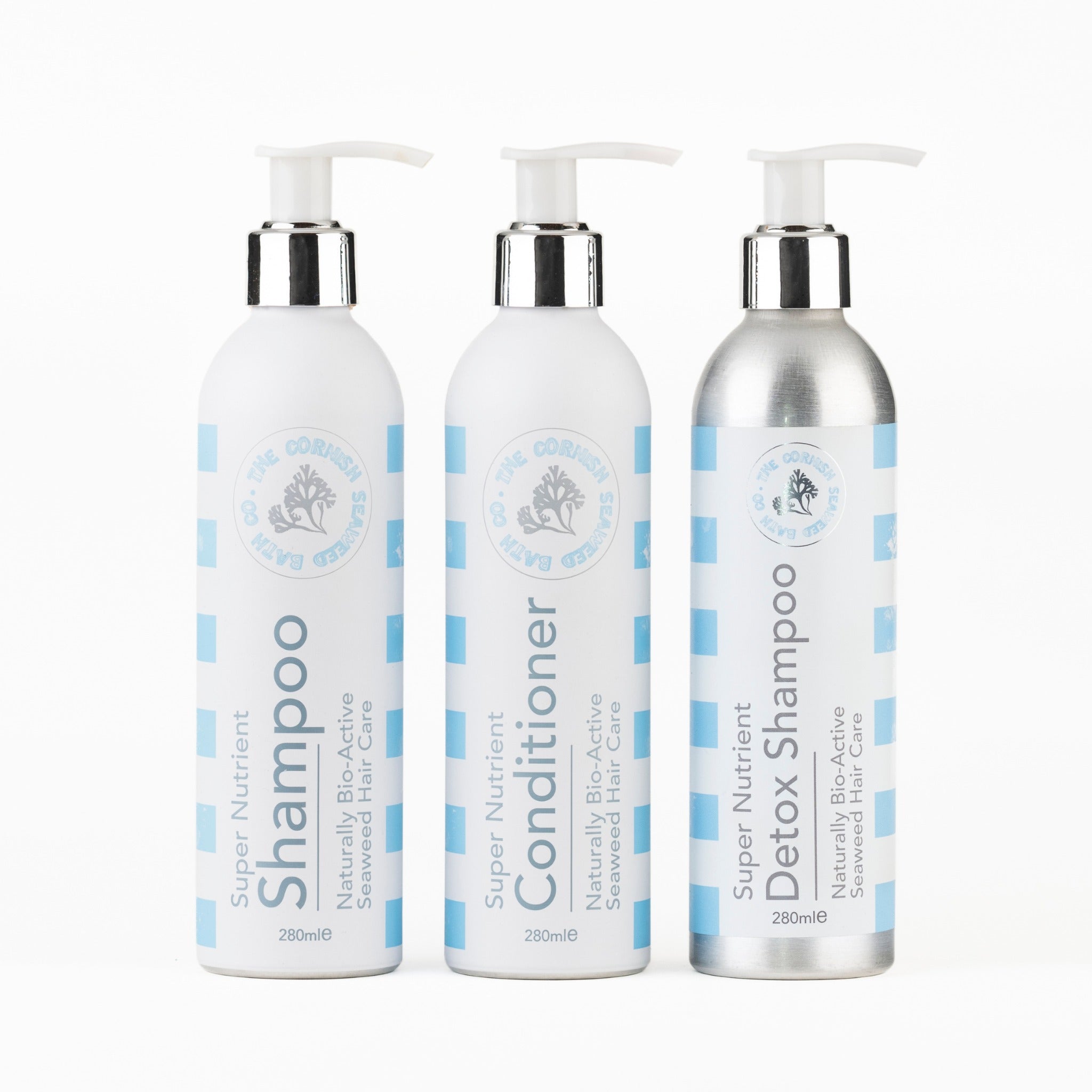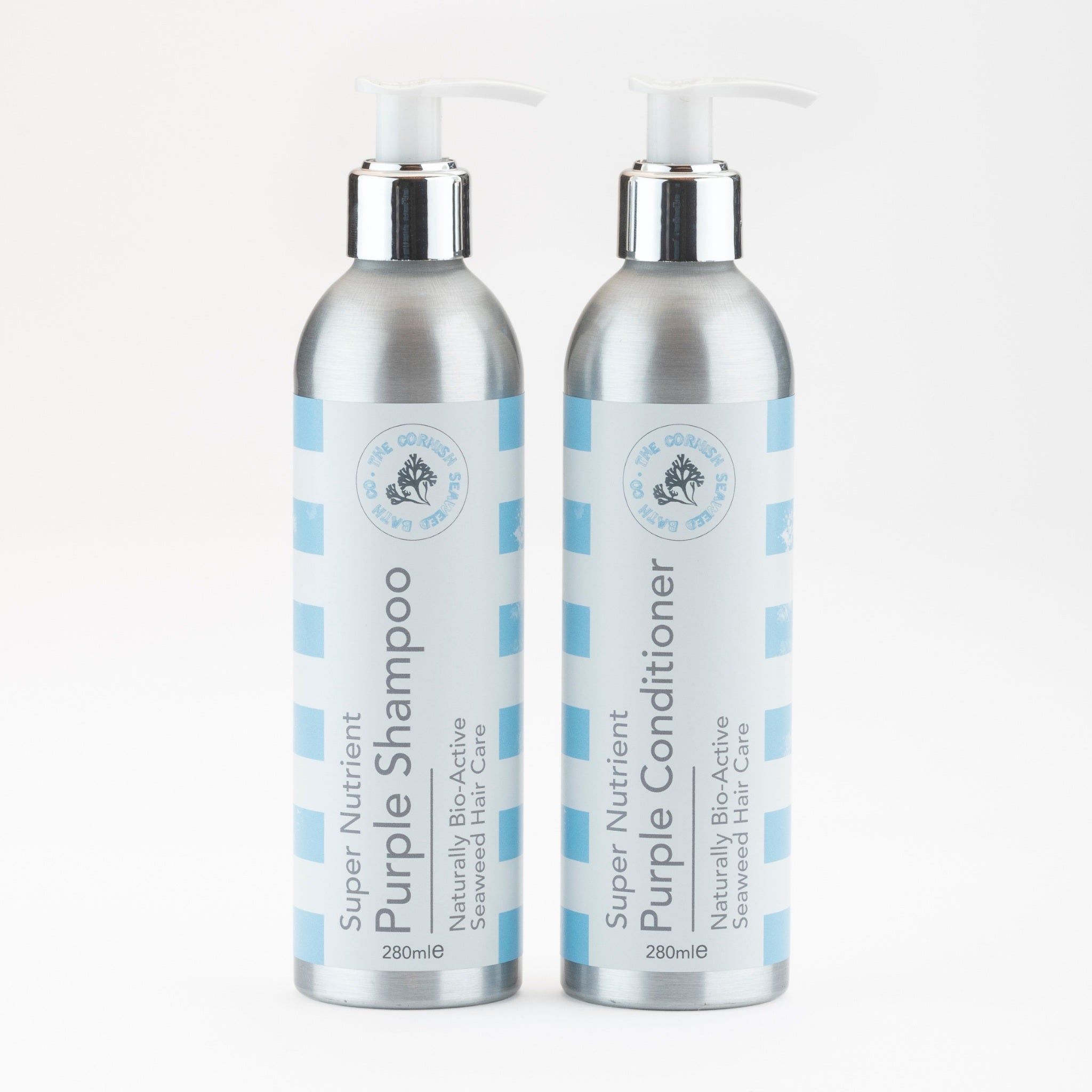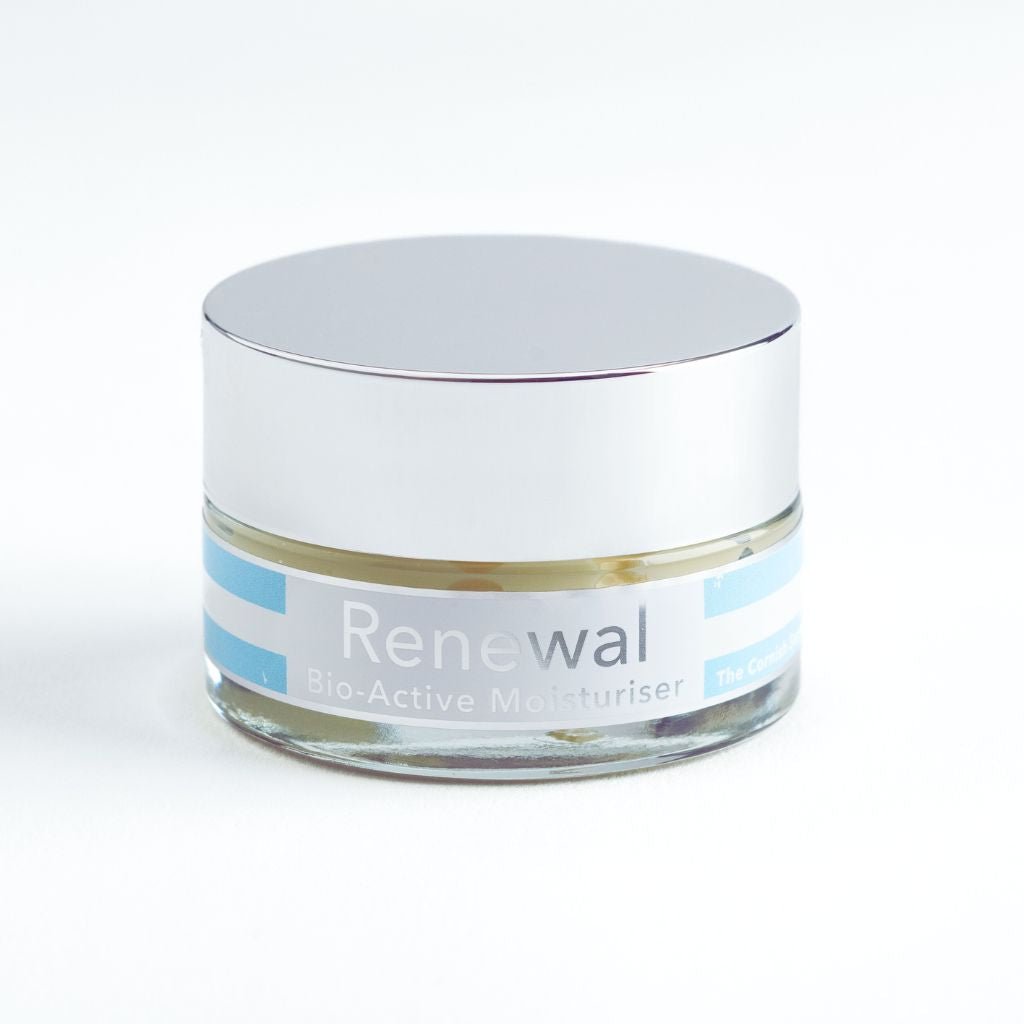Key Takeaways
- Carrier oils act as gentle delivery systems that make essential oils safe for topical use.
- Essential oils contain potent botanical compounds that offer various skincare benefits.
- The combination of carrier and essential oils maximises the therapeutic effects of plant extracts.
- Using carrier oils is essential to protect the skin during the application of essential oils.
- Understanding this synergy enhances natural skincare and wellness practices.
Table of Contents
- The Synergy of Carrier Oil and Essential Oil
- What Are Carrier Oils and Essential Oils?
- Why Are Carrier Oils Needed with Essential Oils?
- How to Choose a Carrier Oil: Personalisation for Skin and Ritual
- How to Dilute Essential Oils Safely with Carrier Oils
- Carrier Oil and Essential Oil Combinations for Common Needs
- Comparing Carrier Oils: Absorption, Feel, and Skin Compatibility
- Practical Applications: How, When, and Where to Use Carrier and Essential Oil Blends
The Synergy of Carrier Oil and Essential Oil
Understanding the relationship between carrier oil and essential oil transforms your approach to natural skincare and wellness rituals. While essential oils provide potent botanical actives, carrier oils serve as the gentle delivery system that makes topical application both safe and effective. This partnership isn't optional, it's essential for protecting your skin whilst maximising the benefits of aromatic plant extracts.
Quick Answer: Carrier oils are mild, fatty oils that dilute and "carry" concentrated essential oils safely onto your skin. Essential oils are highly concentrated plant extracts that require dilution to prevent irritation. Together, they create balanced blends suitable for face, body, and hair care.
For those seeking gentle, environmentally conscious routines, this carrier oil and essential oil partnership offers a foundation for personalised rituals that respect both your skin's needs and sustainable practices. If you're looking to experience this synergy firsthand, explore our Organic Super Nutrient Body Oil for a nourishing, expertly blended option.
What Are Carrier Oils and Essential Oils?

Defining Carrier Oils
Carrier oils derive from the fatty portions of plants, seeds, nuts, or kernels, through cold-pressing or expeller-pressing methods. These oils possess a mild aroma and stable molecular structure that allows them to dilute essential oils whilst providing their own nourishing properties. Unlike essential oils, carrier oils don't evaporate readily and create a protective barrier that helps essential oil molecules penetrate skin gradually.
The texture varies significantly between carrier oils: jojoba oil absorbs quickly with a silky finish, whilst coconut oil provides richer moisture with slower absorption. This diversity allows you to select oils based on your skin type, climate, and personal preferences.
Defining Essential Oils
Essential oils are volatile, highly concentrated extracts obtained through steam distillation, cold pressing (for citrus), or other extraction methods. These potent liquids contain the aromatic compounds that give plants their distinctive scents and properties. A single drop of essential oil can contain the equivalent of pounds of plant material.
Their concentrated nature means essential oils require careful handling and dilution. Applied neat to skin, they can cause irritation, sensitisation, or chemical burns, particularly oils like cinnamon, oregano, or citrus varieties.
Key Differences Between Carrier Oils and Essential Oils
| Characteristic | Carrier Oils | Essential Oils |
|---|---|---|
| Concentration | Mild, gentle for direct skin contact | Highly concentrated, require dilution |
| Volatility | Stable, don't evaporate quickly | Volatile, evaporate readily |
| Texture | Oily, moisturising feel | Thin, often feel like water |
| Shelf Life | 6 months to 2 years | 1-5 years when stored properly |
| Primary Function | Moisturise and dilute | Provide aroma and plant actives |
Why Are Carrier Oils Needed with Essential Oils?
The science of dilution centres on molecular distribution and skin safety. Carrier oils reduce the concentration of essential oil molecules, spreading them across a larger surface area and slowing their absorption rate. This prevents overwhelming your skin's natural barrier and reduces the risk of adverse reactions.
Essential oils applied neat can cause contact dermatitis, photosensitivity reactions, or sensitisation, where your immune system develops an allergic response to specific compounds. Research in dermatological journals consistently supports dilution ratios of 1-3% for facial use and up to 5% for body applications to maintain safety whilst preserving efficacy.
Can you use essential oils neat on skin? No. Undiluted essential oils pose significant risks including chemical burns, sensitisation, and phototoxic reactions. Always dilute in appropriate carrier oils before topical application.
Carrier oils also enhance the therapeutic experience by providing their own beneficial fatty acids, vitamins, and antioxidants. When we formulate our facial oils like Sky Organic Facial Oil, the seaweed-infused sunflower and camellia oils don't just carry the blue tansy and frankincense, they contribute their own skin-supporting properties.
How to Choose a Carrier Oil: Personalisation for Skin and Ritual
Factors That Matter
Skin type compatibility forms the foundation of carrier oil selection. Dry skin benefits from richer oils like sea buckthorn or coconut oil, whilst oily skin responds well to lighter options like jojoba or sunflower oil. Sensitive skin requires gentle, hypoallergenic choices such as jojoba or chamomile-infused oils.
Consider absorption rate for your routine: fast-absorbing oils like jojoba suit morning application under other products, whilst slower-absorbing oils like coconut oil work well for evening rituals. Shelf life varies significantly, jojoba oil remains stable for up to two years, whilst delicate oils like sea buckthorn are best used within a year and stored away from light.
How to Dilute Essential Oils Safely with Carrier Oils

Safe dilution transforms potent essential oils into gentle, effective blends that nourish rather than irritate. The standard approach uses percentage-based ratios: 1-2% for facial applications (roughly 6-12 drops per 30ml carrier oil), and 2-5% for body use (12-30 drops per 30ml). These ratios ensure therapeutic benefits whilst respecting your skin's natural barrier.
Understanding Dilution Ratios
Begin with the lowest effective concentration, you can always strengthen a blend, but reversing irritation takes time. For facial oils like our Organic Super-Nutrient Facial Oil, we use precise 1% dilutions that deliver frankincense and lavender's benefits without overwhelming delicate skin. Body applications allow higher concentrations, which is why our Organic Super Nutrient Body Oil incorporates a fuller spectrum of frankincense, geranium, and citrus oils.
| Application | Dilution Ratio | Drops per 30ml | Best for |
|---|---|---|---|
| Facial oils | 0.5-1% | 3-6 drops | Daily skincare, sensitive areas |
| Body oils | 2-3% | 12-18 drops | Post-bath application, general wellness |
| Scalp treatments | 1-2% | 6-12 drops | Pre-wash conditioning, targeted care |
| Bath blends | 0.5-1% | 3-6 drops | Dispersed in carrier oil first |
Step-by-Step Mixing Instructions
Always add essential oils to carrier oils, never the reverse. Start with your chosen carrier oil in a clean glass container, then add essential oils drop by drop, stirring gently with a glass rod or clean spoon. This method ensures even distribution and prevents concentration pockets that could cause skin reactions. Allow the blend to rest for 24 hours before first use, this maturation period helps oils integrate fully.
Safety and Sensitivity Checks
Patch testing prevents unpleasant surprises. Apply a small amount of your new blend to the inside of your wrist or behind your ear, then wait 24-48 hours for any reaction. Redness, itching, or burning indicates the concentration is too strong for your skin. If irritation occurs, wash the area immediately with mild soap and cool water, then reduce the essential oil concentration by half in your next batch.
Carrier Oil and Essential Oil Combinations for Common Needs
Different skin concerns and wellness goals require thoughtful pairing of carrier oil and essential oil components. The key lies in matching carrier oil properties, absorption rate, texture, and nutrient profile, with complementary essential oils that enhance rather than compete with each other's benefits.
For Sensitive Skin
Sensitive skin thrives with gentle carrier oils like jojoba and sunflower, paired with calming essential oils in minimal concentrations. Our Sky Organic Facial Oil demonstrates this approach perfectly, combining ulva lactuca seaweed extract with camellia oil and blue tansy, a naturally anti-inflammatory essential oil that soothes without overwhelming. The frankincense and lavender provide additional comfort whilst benzoin adds a subtle, grounding base note that many find deeply relaxing.
Hair and Scalp Care
Scalp health benefits from lightweight carriers that won't clog follicles, combined with stimulating essential oils that support circulation. Our Super Nutrient Hair & Scalp Oil uses jojoba and broccoli seed oil as the base, both absorb readily without residue, then incorporates clary sage, rosemary, and ho wood essential oils. These aromatic compounds complement the tuber fleeceflower root and eucommia bark extracts, creating a comprehensive treatment that addresses both immediate comfort and long-term scalp wellness.
For more on supporting hair growth and scalp vitality, read our guide on hair growth and strength.
After-Bath and Ritual Use
Post-bath application requires oils that seal moisture whilst absorbing completely. Our Organic Super Nutrient Set combines evening primrose and rosehip, both rich in essential fatty acids, with frankincense, geranium, and citrus essential oils. Apply within three minutes of bathing whilst your skin is still damp; the carrier oils lock in that surface moisture whilst the essential oils provide aromatherapeutic benefits that extend your relaxation beyond the bathroom.
Environmental and Seasonal Adaptation
Cornwall's maritime climate inspired our Renewal Bio-Active Moisturiser, which pairs sea buckthorn and pomegranate oils with frankincense and sandalwood essential oils. This combination addresses skin exposed to salt air, wind, and variable weather conditions. The sea buckthorn provides natural protection compounds whilst pomegranate extract offers antioxidant support, and the essential oil blend creates a warming, protective aromatic layer.
To learn more about the benefits of rosehip and other nourishing oils, see our article on rose hip oil.
Comparing Carrier Oils: Absorption, Feel, and Skin Compatibility
Each carrier oil brings distinct characteristics that influence absorption, skin feel, and suitability for different applications. Understanding these differences helps you select the right oil for your needs.
Jojoba Oil: Versatile, Lightweight Absorption
Jojoba oil's unique molecular structure, technically a wax ester, mimics skin's natural sebum, making it exceptionally compatible across skin types. This lightweight carrier absorbs quickly without residue, making it ideal for facial applications and sensitive areas.
Best for: Daily facial oils, sensitive skin, and blends requiring neutral aroma. We use jojoba in our Sand Organic Facial Oil, Sea Organic Facial Oil, Sky Organic Facial Oil, and Organic Super-Nutrient Facial Oil for its stability and gentle nature.
| Carrier Oil | Absorption Rate | Feel on Skin | Shelf Life | Best Applications |
|---|---|---|---|---|
| Jojoba Oil | Fast | Silky, non-greasy | 2+ years | Facial oils, sensitive skin |
| Sunflower Oil | Medium | Light, smooth | 1-2 years | Body moisturisers, cleansers |
| Coconut Oil | Medium-slow | Rich, may solidify | 2+ years | Cleansing products, lip balms |
| Sea Buckthorn Oil | Medium | Rich, slightly tacky | 1-2 years | Repair balms, mature skin |
Sunflower Oil: Gentle, Nourishing Base
Sunflower oil provides reliable moisturising properties without overwhelming the skin's natural balance. Its light texture and subtle aroma make it an excellent foundation for body care formulations. We incorporate sunflower oil in our Renewal Bio-Active Moisturiser and Wild Seaweed Skin Repair Balm for its gentle, nourishing qualities.
Refined Versus Unrefined: Processing Impact
Unrefined carrier oils retain more of their natural nutrients and characteristic aroma, whilst refined versions offer longer shelf life and neutral scent profiles. Cold-pressed, unrefined oils like those we select maintain beneficial compounds that support skin comfort, though they require more careful storage away from light and heat.
Practical Applications: How, When, and Where to Use Carrier and Essential Oil Blends

Face Care Application Techniques
Apply facial oil blends to slightly damp skin for optimal absorption, typically 2-3 drops pressed gently into face and neck using upward motions. Our Sky Organic Facial Oil combines seaweed with camellia oil and blue tansy for morning use, whilst Sand Organic Facial Oil's chamomile and manuka blend suits evening routines.
Timing matters: morning oils should absorb quickly under other products, whilst evening formulations can be richer for overnight nourishment. Always patch test new blends on the inner wrist 24 hours before facial application.
Body Ritual Techniques
The most effective method involves applying carrier oil and essential oil blends to damp skin within three minutes of bathing, when pores remain open and skin readily accepts moisture. Our Organic Super Nutrient Body Oil, containing jojoba, rosehip, and frankincense, spreads easily over arms, legs, and torso with gentle massage motions.
Focus on areas exposed to environmental stressors, hands, elbows, knees, where skin requires additional support. Use approximately one teaspoon for full body application, adjusting based on skin's absorption rate.
Hair and Scalp Care Methods
Our Super Nutrient Hair & Scalp Oil demonstrates how carrier oils effectively distribute essential oil benefits throughout hair and scalp. Apply 1-2 pipettes to dry hair, massaging into scalp with fingertips, then working through lengths to ends.
Leave for 20-30 minutes before shampooing, or use as an overnight treatment for intensive nourishment. The combination of oat kernel oil, jojoba, and broccoli seed oil provides lightweight conditioning without weighing hair down.
For a simple, effective routine, see our tips for an easy haircare and cleansing routine.
Bathing Integration Methods
Incorporate oils thoughtfully into your Wild Cornish Seaweed Bath ritual by adding body oils after soaking, rather than essential oils directly to bath water. This approach ensures proper dilution whilst maximising skin contact with beneficial ingredients.
Quick Ritual Steps for Maximum Benefit
- Prepare bath with Wild Cornish Seaweed Bath
- Soak for 10-15 minutes
- Pat skin partially dry
- Apply chosen oil blend to damp skin
- Massage gently for even distribution
Frequently Asked Questions
Why is it necessary to use carrier oils when applying essential oils topically?
Carrier oils are necessary because they dilute essential oils, which are highly concentrated and can cause irritation if applied directly to the skin. They act as gentle delivery systems that protect your skin while allowing the beneficial compounds in essential oils to be absorbed more gradually and safely.
How do I choose the right carrier oil for my skin type and personal skincare needs?
Choosing the right carrier oil depends on your skin’s texture and sensitivity, as well as the desired ritual experience. For example, jojoba oil absorbs quickly and suits oily or combination skin, while richer oils like sea buckthorn or sunflower provide extra nourishment for drier skin. Considering the carrier oil’s feel and additional nutrients helps personalise your skincare routine.
What are the main differences between carrier oils and essential oils in terms of their properties and uses?
Carrier oils are mild, fatty oils that provide a nourishing base and help dilute essential oils for safe topical use, while essential oils are potent, concentrated plant extracts containing aromatic compounds. Carrier oils do not evaporate quickly and offer moisturising benefits, whereas essential oils are volatile and used primarily for their botanical actives and scent.
How can I safely dilute essential oils with carrier oils to avoid skin irritation?
To dilute essential oils safely, blend a small amount of essential oil into a larger volume of carrier oil, typically following recommended dilution ratios for your skin sensitivity and intended use. This ensures the essential oils are gentle on the skin while still delivering their benefits, reducing the risk of irritation or sensitisation.
A picture tells a thousand words: out of necessity, some images in this blog post have been created using artificial intelligence models. This is to help us bring to life & more comprehensively express the written content within this post. We only using artificially generated images when we don’t have a suitable image available to us.
 Christmas Gifts!
Christmas Gifts!



